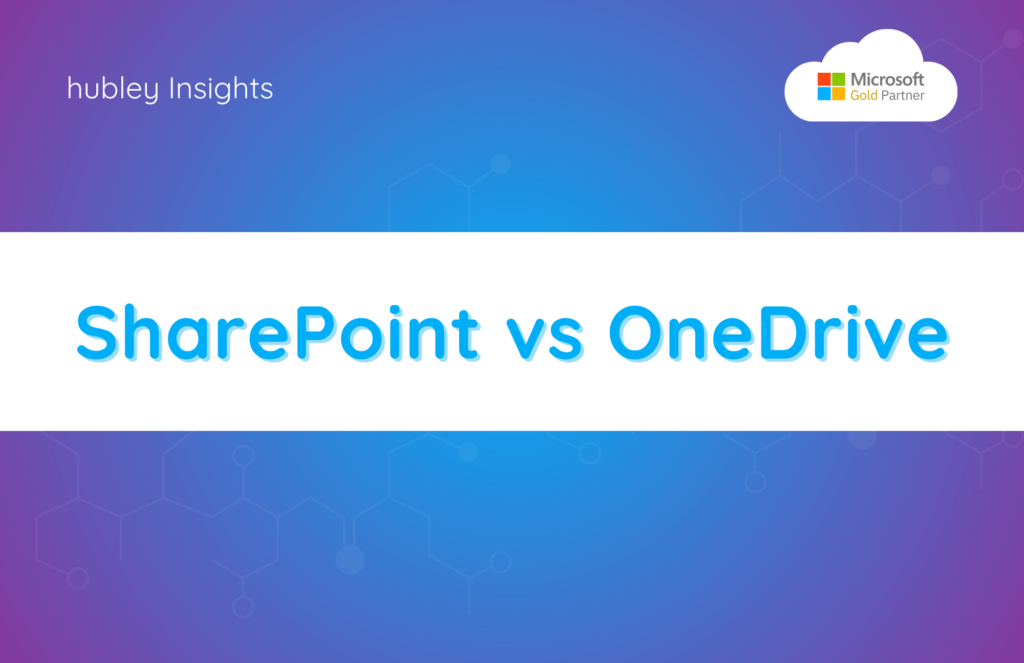Most of our blog posts allude to the business case for SharePoint. For example, we have talked about:
- Deeper employee engagement through the implementation of an intranet
- Better generational teamwork through collaboration
- Reduced overhead with SharePoint, here, here, and here
In this post, we are going to do much more than allude.
We all know that SharePoint projects can fail. In fairness, all projects can fail; but it does seem that the lack of buy-in leads to an enterprise-wide disaster, particularly where SharePoint is involved. Or maybe I am projecting. Anyway, the goal of a business case may be to reserve a portion of a technology budget for implementation, but its purpose should be to explain the reasons SharePoint implementation is mission-critical so that everyone has your back when those budget dollars are spent and the platform is rolled out.
Applicability
Why is SharePoint right for your business? More specifically: How will it help your organization achieve its strategic goals, decrease operational overhead, and create daily efficiencies? If you can’t answer these questions, SharePoint is not right for you–or you don’t yet know what you’re buying. It’s cool; we’re here to help. Here’s a handy cheat sheet.
Achieving strategic goals: Write down the goals for your organization. Now, under each, list how you will actually achieve them. If your answers include transparency, engagement, communication, collaboration, data tracking, security… these are all things that SharePoint does.
Decreasing overhead: We are big believers in corporate intranets. Allow me to paraphrase myself across several blog posts: SharePoint can replace email blasts, directories, email-based coordination, disparate calendars, standard forms/requests, event invitations, and acknowledgments. How many files does your organization have in shared drives? How many versions exist, on average, of every document? How many blast emails did corporate send this week, this month, this quarter, this year? The time suck involved in document version control alone is often a case for SharePoint as a content management system. Take an inventory of the time spent on the items listed here, and that gives you good perspective on overhead savings.
Creating efficiencies: SharePoint is a beast when it comes to streamlining communication and automating processes. Consider all the local spreadsheets you use, your department uses, the corporate office uses. Now imagine a tool that replaces ad hoc records, centralizes data, and automates workflows and approvals. No need to imagine because that’s SharePoint, baby! And if you empower a few key users in the business, they can set up their own workflows, easing the burden on IT resources. Now that SharePoint has gone mobile so that even folks in the field can access their content tools readily, the efficiency potential is innumerable.
Return on Investment
The cost of SharePoint is hard to beat when we’re talking O365/SharePoint online. Microsoft’s Cloud services remove the need for on-premise infrastructure installation and maintenance. The pricing model for O365 is based on licenses per user with SharePoint Online (SPO) as an affordable add-on. In fact, most enterprises that have O365 licenses procure SPO licenses by default. When it comes to staffing, a SharePoint administrator may be appointed or hired, internal IT services may support SharePoint, or you may want to price out vendor support.
That’s a very high-level investment overview of bringing SharePoint into the business. Now let’s consider the return. In other words: Why is SharePoint worth the cost of change?
First, there are cost savings.
Will you be eliminating expenditures from some other content management system? Are you going to stop shipping hard copies as a result of SharePoint adoption? Are you going to integrate functionality into SharePoint for which you are currently using various third-party line-of-business applications? Are you going to stop spending money on physical servers and management of that equipment? Associate real numbers to these activities, and you’ve got half of the ROI covered.
Now, there is the value of the overhead and efficiency savings from our applicability discussion above.
Quantify the hours that employees spend manually processing data; sorting out versions of documents, emailing each other files, which someone else has to merge; asking the same questions of HR over and over. You will have to get at these numbers anecdotally, but the finance director, HR director, corporate trainer, and legal are likely interested in making a case for SharePoint as the single source of truth for their operational areas. These numbers make up the other half of the ROI.
Marry your analysis of hard and soft numbers versus cost, and you’ve got your ROI.
Implementation Plan
We at Rogue do not believe we can over-state the importance of buy-in for a successful SharePoint implementation. In your business case, provide a plan for implementation that includes:
- involving key stakeholders early and often,
- creating user groups across departments and empowering them with SharePoint advocacy, and
- phasing out manual/workaround processes so that everyone has to use SharePoint to do their job.
With a solid business case, you can nudge leadership off the fence of, “Meh, what we’re doing works,” on over to the cloud of innovation where all the good stuff you’re doing can work better.
Thanks for reading!
© 2018 Hubley









